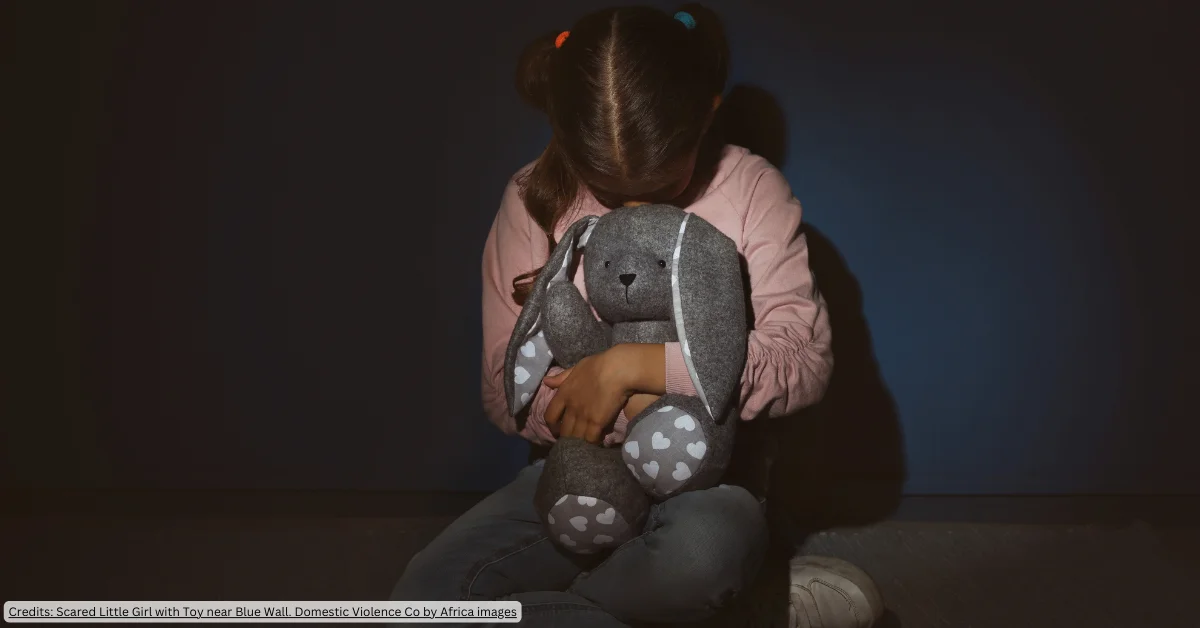The Fund for Peace (FFP), a global not-for-profit organisation working to prevent violent conflict and promote sustainable security, has launched ‘The Bottom 100’ to mark World Refugee Day, the annual observance dedicated to taking action to support the future welfare of refugees around the world. The Bottom 100 is a world-first initiative that has been created to draw attention to the world’s poorest who are struggling at the other end of the many global ‘Rich Lists’ that are published each year, providing them with a face and a voice for the first time.
The Bottom 100 reveals the personal stories of one hundred of the world’s poorest individuals across the globe who are struggling to get by. While ‘Rich Lists’ detail the wealthiest individuals, their assets, investments and net worth, The Bottom 100 highlights individuals and their families facing extreme poverty caused by war, ethnic, religious, or social persecution, climate change or forced displacement. Many within The Bottom 100 have been forced to flee their homes and countries, leaving behind everything they own and any security for their future.
The launch of The Bottom 100 is aimed at providing a platform to provoke greater action by governments, businesses and influential international organisations and give hope to the refugee community that they have light at the end of the tunnel with a solution to end their plight.
“While the world talks about – and glorifies – so-called ‘rich lists’, the attention has nearly always gravitated to those at the top. But what about those at the bottom? There is a lack of visibility around those at the other end of the spectrum. We think it’s time that more people hear stories like these, to recognise their struggles, and to show our solidarity in helping those in unsafe, desperate and dangerous situations,” said J.J. Messner, Executive Director at Fund for Peace.
“There is a human face to poverty, and we need to understand what leads someone into poverty. We want to spread the understanding that much of the world’s poor are impoverished through circumstances not of their own making, often the victims of conflict and displacement. We can take action by identifying and addressing the underlying drivers of poverty, such as conflict, displacement and discrimination. It is only when we understand the problem that we can do what we need to give people living in poverty the chance of a better life.”
This release of The Bottom 100 coincides with what Stephen O’Brien, the UN Under Secretary-General for Humanitarian Affairs, has called the “Worst global humanitarian crisis since World War II” with more than 20 million people facing starvation and famine in Yemen, South Sudan, Somalia and Nigeria alone. The new initiative forms part of FFP’s commitment to promote sustainable development, particularly for those living in debilitating poverty, and to underscore the inherent links between conflict, displacement, and extreme poverty.
The Fund For Peace’s Bottom 100 took almost two years to complete with interviews taking place across five continents, covering 23 different nationalities and many more ethnicities and languages. While all of these stories feature struggle and suffering, they also tell a story of resilience, perseverance, and courage in the face of extraordinary challenges. The stories illustrate the closeness of the human condition through shared experiences both joyful and sad, good fortune or ill health, and personal battles or individual triumphs against discrimination of all kinds.
The Bottom 100 includes stories of individuals such as:
Mustariya Jamal
A 22 year old Kenyan woman who has lived her whole life from birth in Kakuma refugee camp, in Ethiopia. Despite this, Mustariya has completed 12 years of study in the camp and is now awaiting her final grades to determine whether she can leave to attend university.
The Adham Family
Bashar, his wife and their young daughter, who fled their home of Damascus after war broke out. Bashar used to sell premium European shoes to affluent female customers. He and his family now have no possessions, but are hopeful of resettling in a new, safe country and rebuilding their life.
Rani
An elderly Indian woman who was taken to court, disowned by her family and forced to flee her home, because she took a stand against her violent husband. Rani has lived in the same small shack on the streets of Delhi for 40 years, owning only her clothes and blankets.
See The Bottom 100 in Sydney
A gallery of The Bottom 100 will be open in Sydney’s Surry Hills from 21st June until 24thJune. Visitors can see the faces of those within The Bottom 100 and read more about their stories of struggle and survival.
- Gali Blacherhttps://thirdsector.com.au/author/gali-blacherthirdsector-com-au/
- Gali Blacherhttps://thirdsector.com.au/author/gali-blacherthirdsector-com-au/
- Gali Blacherhttps://thirdsector.com.au/author/gali-blacherthirdsector-com-au/
- Gali Blacherhttps://thirdsector.com.au/author/gali-blacherthirdsector-com-au/











